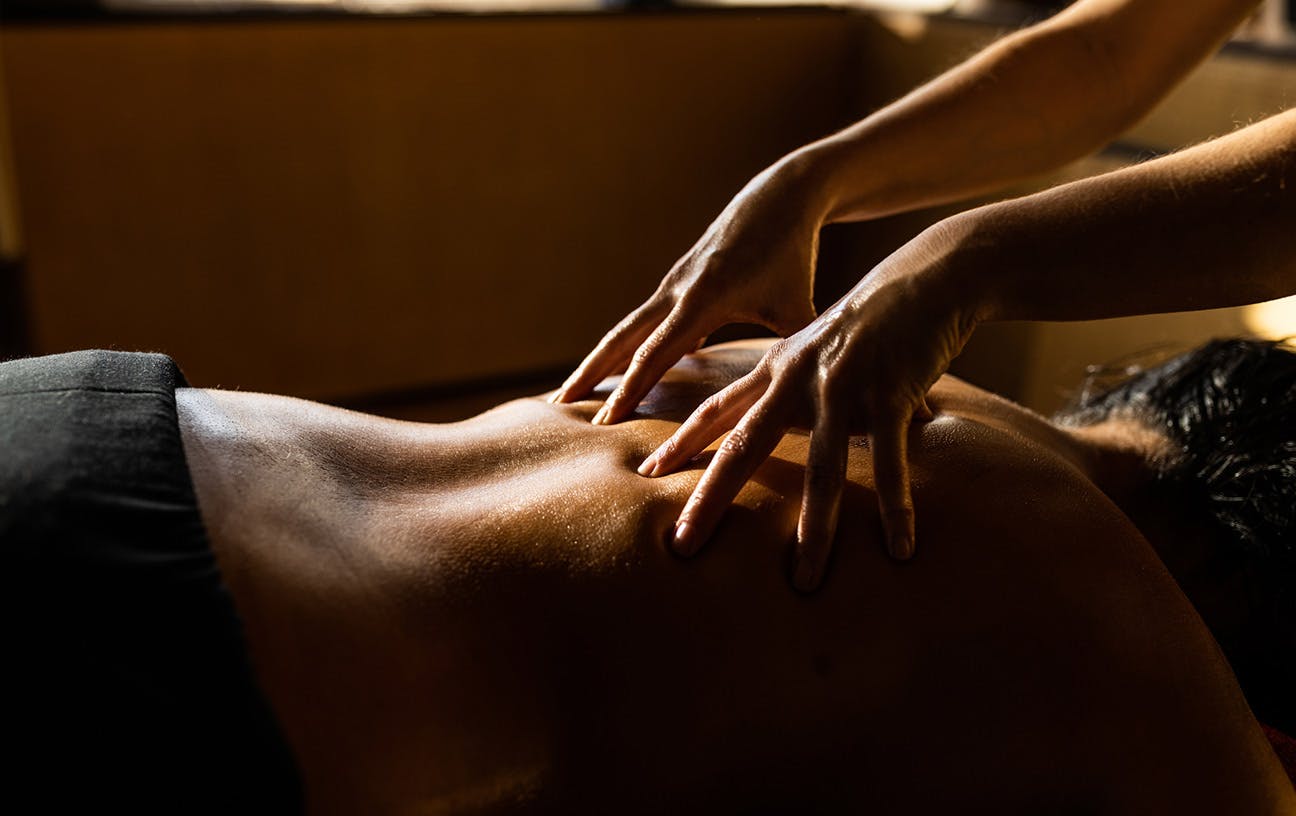0 minute read
A Brief History of Body Work and its Health Benefits
Bodywork is an ancient form of healing that can release the tension within your nervous, muscular, and circulatory systems… and beyond.
Published: February 2023
Origin: Australia
Modern medicine and clinical pharmaceuticals are both effective and entirely integral factions of our healthcare system.
However, when it comes to seeking an approach that soothes us on a physiological level—the level in which our mind connects with our bodily functions—some people want more.
Enter bodywork, an ancient form of alternative medicine that involves a profusion of body-centred therapies proven to combat unhealthy stress and anxiety, improve sleep, boost immunity, increase mental clarity, alleviate headaches, and reduce depression.
Experts cite the success of bodywork therapy as relative to the individualistic, intersectional and nuanced approach the methods allow, especially compared to the one-size-fits-all approach of the traditional health system.
What is bodywork?
Chances are that you are familiar with bodywork, as an umbrella term that hosts common health rituals like massage, acupuncture, chiropractic care, naturopathic medicine and yoga.
Less-known therapies include a near bottomless slew of somatic practices ranging from knife therapy in Taiwan, snail massage in Japan, alpine hay bathing in Austria and, believe it or not, a tickle spa in Spain.
None of which sound particularly appealing, but we did once say the same about getting a small needle inserted into our belly button and look at us now. Acupuncture fanatics.
Once lauded as luxurious and utterly pamper-esque, partaking in alternative therapies has become as commonplace in western society as it is to forget where one put their car keys.

Likely, this extension of our solace-searching sensibilities into the world of somatic medicine is yet another desperate plea to salvage ourselves from the onslaught of questionable politicians, a global health pandemic, and the commonly held (and honestly quite deadly!) disease: Apple iPhone Neck.
In fact, it turns out we’ve been basking in alternative remedies since the dawn of time; a hieroglyphic dating from 2330 BC in The Tomb of Akmanthor reveals two men receiving bodywork on their feet and hands.
Jumping to 460 BC, Hippocrates wrote, “The physician must be experienced in many things, but assuredly in rubbing.” Rubbing! Fast forward to the 20th + 21st centuries, capitalism-induced musculoskeletal aches and pains are revived by massage and chiropractic care to keep our production lines running, and today, our social media managers tweeting.
Performed by a qualified practitioner to help improve health and well-being, essentially any therapeutic or personal development technique that involves working with the human body can be labeled as bodywork, but there are three key functions of the practice that best inform its essence:
+ Function – enhance your ability to move
+ Form – re-structure misalignments and mend injuries
+ Flow – increase circulation of the fluids contained in the body
An essential part of bodywork—and perhaps the most neglected in modern pharmaceutical medicine—is to promote awareness of the "body-mind connection."
This “body-mind connection” positions the human body and mind as a single integrated unit, which, similarly to yoga practice, enables you to enjoy a more tactile association with your own body, and also the space that the body exists within.
Arguably, it’s this tactile touch and the focus on individual relationships – with the body and with your practitioner – that ensure alternative therapy’s popularity will only continue to grow; a 2018 review of 169 studies involving people using alternative therapies for musculoskeletal conditions indicated that the desire to spend more time with a practitioner as part of their decision to seek alternative treatments.
As a price-point positive and often deeply pleasurable way to explore a deeper connection to your body, we see limited downsides to exploring bodywork and alternative therapy.
However, like any alternative treatment, they are best explored with the confidence of your doctor or trusted medical professional.
The best news is that whether or not a glass of pinot in the bath could be considered bodywork is (probably) entirely up to you.
Lauren McCurry
Copywriter
Share